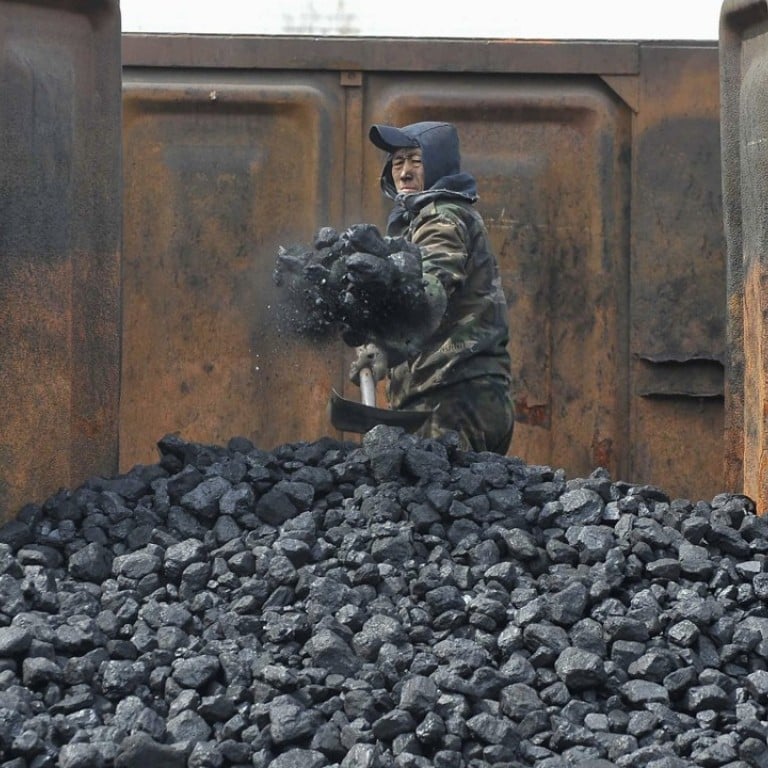
China slows down spending on Belt and Road energy projects
Investment fell by 28 per cent last year following government crackdown on capital outflows
China’s thirst for overseas energy investments is declining, at least by one tally.
The nation’s financing for Belt and Road Initiative energy projects dropped 28 per cent to US$14.3 billion last year from US$19.9 billion, according to data released Monday by Boston University’s Global Development Policy Centre.
Spending last year included investments in gas pipelines in Malaysia, coal power plants in the Pakistani desert and an oil terminal in Bangladesh.
China has invested about US$128 billion in energy projects in Belt and Road countries since 2001, according to Boston University’s research, which tracks finance data from the country’s two policy banks, the China Development Bank and the Export-Import Bank of China.
The slowdown in spending last year came as the government cracked down on capital outflows, scrutinising companies from HNA Group to Anbang Insurance Group that expanded rapidly overseas.
“In late 2016 and early 2017 China suffered a rush of capital outflows due to a mix of premature capital account liberalisation and external conditions,” Kevin Gallagher, professor of Global Development Policy at Boston University, said by email. “This led to some fairly tight restriction on capital flows that slowed things down a bit across the board.”
President Xi Jinping announced the Belt and Road Initiative project almost five years ago to rebuild the ancient Silk Road, and to extend China’s reach through Europe, Asia and Africa via infrastructure projects. It includes investments in road, railways, ports and energy ventures across more than 60 countries to open new business opportunities for domestic companies.

Boston University’s research tracks projects in those countries since 2000, more than a decade before the official beginning of Belt and Road Initiative that have been backed by China’s two global policy banks. Other analysts sometimes include private company investments not funded by those banks when researching the initiative.
About half of total energy investments to date went toward electricity generation in countries from Pakistan to Ukraine. The financing is focused on coal-powered plants in Asia and Africa while gas and oil-based projects for exploration and distribution dominate projects in Europe and Central Asia, according to the data.
The initiative traverses territory where most bond investors fear to tread. The infrastructure projects also carry uncertainty, with eight countries “at particular risk of debt distress”, according to a research report released last week by the Washington-based Centre for Global Development.
It also targets energy sources that have fallen out of favour with international investors. Coal has been the biggest energy source targeted by the banks, with about $44 billion, or a third of energy investments, geared toward the fuel since 2001, according to the research. Oil followed at almost $31 billion and natural gas garnered roughly $27 billion, according to the data.
“Although the majority of development banks and even commercial banks have steered away from coal-fired power plants for environmental and social reasons, the demand is still there and China is filling it,’’ Gallagher said.
“Financing so much overseas coal could be risky, as social protest and national policy changes for air pollution and climate change could leave China holding a bag of stranded assets.”

